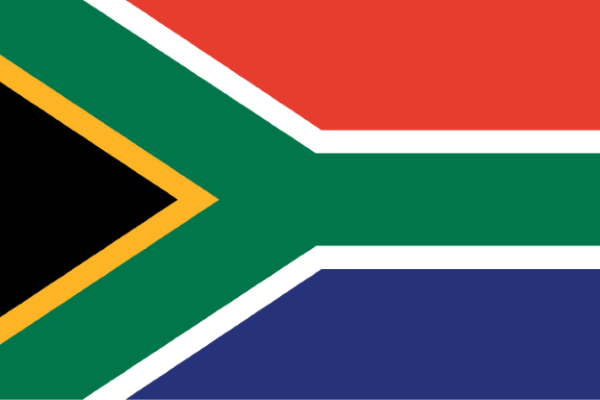The Order of Ikhamanga in Silver

Nathaniel Ndaxana Nakasa (1937 - 1965) Awarded for:
Excellent contribution to journalism through which he challenged the system of apartheid and racial stereotypes striving for a non-racial, no-sexist and democratic South Africa.
Profile of Nathaniel Ndaxana Nakasa
The second child of Joseph and Alvina Nakasa, Nathaniel Ndazana Nakasa was born in Chesterville township outside Durban on 12 May 1937. Conditions of poverty forced him to leave school in 1953 without having matriculated. Nakasa was taught and heavily influenced by Joshua Mlaba, the late radio announcer of the former Radio Zulu, now known as UKhozi FM.
Nakasa moved to the city to seek employment and to escape grinding poverty. In Durban he worked as a reporter for Ilanga newspaper, which was published in both isiZulu and English. In the late 1950s, Nakasa found himself plying his trade as a writer in Johannesburg. As was the case with most other talented black writers of the time, Nakasa became a regular contributor to Drum and Golden City Post. He possessed a keen eye and the ability to report on phenomena in a manner that was uniquely his own. His writing continued to reflect a rejection of the racial attitudes that were fortifying themselves in the South African media at the time.
In many ways, Nakasa was regarded as the embodiment of non-racism. Archbishop Emeritus Desmond Tutu recalls Nakasa as being the original rainbow man during the time that non-racialism was outlawed. It was perhaps this quality that led him to become the firstever black columnist at the Rand Daily Mail, which at the time enjoyed a predominantly white readership.
In 1963, Nakasa founded a publication called The Classic, which aimed at exposing South African writers of all races to each other and fostering a spirit of empathy and mutual understanding. During this time, he worked closely with esteemed writer and Nobel Laureate, Nadine Gordimer.
In 1964, Nakasa was awarded the prestigious Nieman Fellowship to study Journalism at Harvard University in the United States of America (USA). The South African government, however, refused to grant him a passport, forcing him to sacrifice his right to return in order to pursue his studies. He eventually left South Africa on an exit permit, never to return to his country again.
Nakasa never quite recovered from becoming an exile. In 1965, he was commissioned by the New York Times to record his experiences in the USA in a column called Mr Nakasa Goes to Harlem. Unable to accept that he would never be able to return to his country, Nakasa grew increasingly depressed, saying to a friend “I can’t laugh anymore, and when I can’t laugh, I can’t write”. The effects of apartheid alienation on the talented scribe were devastating – a few days later, Nakasa was found dead, having leapt from the seventh floor of a building.
His grave lies in the rolling hills of Westchester County between New York City and Connecticut in Ferncliff Cemetery. This is the final resting place of many famous people, including actress Judy Garland, composers Bela Bartok and Jerome Kern, writer James Baldwin and Malcolm X. Miriam Makeba and Hugh Masekela, together with other expatriates, made sure that Nakasa was buried with dignity next to talented and known activists.
Nakasa is lauded throughout the journalism fraternity as a pioneer, not just for his talent as a writer, but also for his attitude and the way he lived his life. Finding racism abhorrent, Nakasa refused to be shackled by the racial prejudices of the white-dominated state.
His fate is seen as particularly tragic because he was a victim of an often venerated group – that of those who lived through the struggle in exile. Nakasa’s fate highlights the difficulties of those destined to struggle in a foreign country, being unable to claim to belong anywhere.




